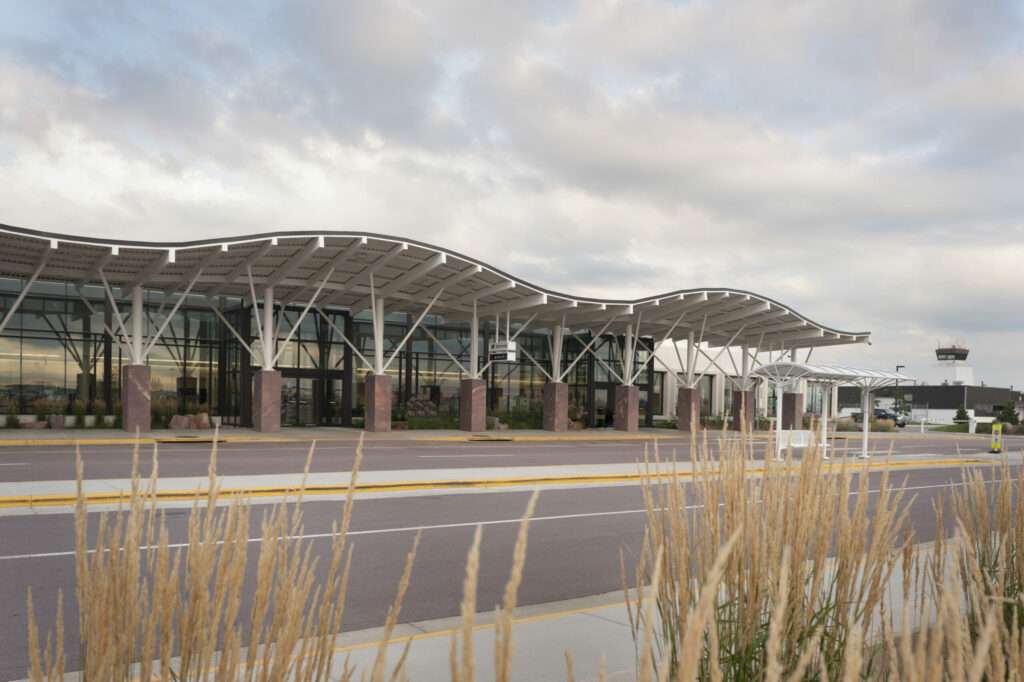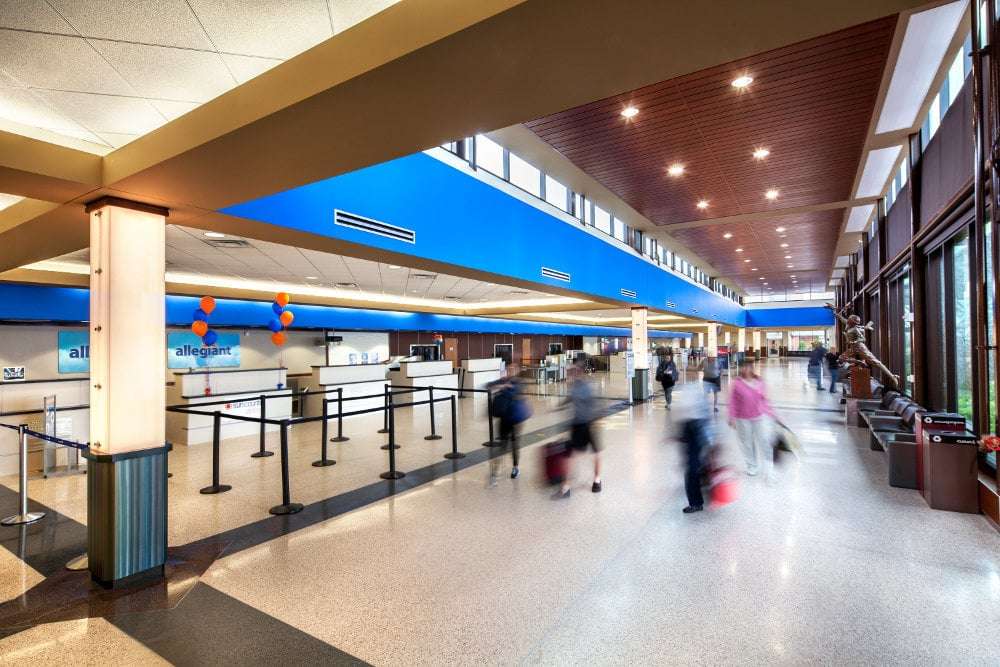Sioux Falls Regional Airport (FSD), also known as Joe Foss Field, boasts a rich history intertwined with the growth of commercial aviation and the critical role it played during World War II.
Today, it serves as a vital transportation hub for South Dakota, southwest Minnesota, and northwest Iowa.

This article explores the fascinating journey of FSD, from its humble beginnings as a municipal airport to its current status as a regional leader.
Taking Flight: The Early Years (1937-1941)
The story of Sioux Falls Regional Airport begins in 1936 with the vision of Mayor A.N. Graff.
Recognizing the potential of air travel, he advocated for the purchase of land for a municipal airport.
On April 16, 1937, with the approval of the Department of Air Commerce and a Works Progress Administration (WPA) grant of $165,000, construction commenced.
The initial infrastructure included three runways, a terminal building, and a hangar, laying the foundation for future growth.
Commercial air service arrived swiftly.
Mid-Continent Airlines initiated the first scheduled flights in 1939, offering two daily trips connecting Sioux Falls with cities to the north and south.
The importance of airmail was also evident, with Mid-Continent resuming mail service that had previously relied on trains.
The presence of the airport spurred economic development, attracting airlines like Braniff, TWA, United, American, and Northwest.
World War II and Transformation (1942-1945)
The outbreak of World War II significantly altered the airport’s trajectory.
In 1942, the City of Sioux Falls leased the airport and surrounding land to the U.S. government, leading to the establishment of Sioux Falls Army Air Base.
The base’s primary purpose was training radio operators, a critical skill for wartime communication.
An estimated 40,000 radio operators received training at Sioux Falls between 1942 and 1945.
The base also served as a logistical supply center, with the grid of streets developed during this time forming the base for the industrial area south of the present-day airport.
The U.S. Army Corps of Engineers also constructed the current triangular three-runway system during this period, a testament to the evolving needs of military aviation.
Post-War Growth and Development (1946-1969)
Following the war, the airport reverted to civilian control.
However, a portion of the south side remained leased to the newly formed South Dakota Air National Guard (SDANG).
The 114th Fighter Group, nicknamed the “Lobos,” continues to be stationed at FSD today.
The post-war era witnessed a surge in commercial air travel.
Passenger demand necessitated a new terminal building, which opened in 1969 at its current location.
Airlines like Ozark Airlines and North Central Airlines expanded service, offering connections to regional destinations like Worthington, Yankton, Sioux City, Mitchell, Brookings, and Watertown.
The arrival of larger aircraft like the DC-3 and B707 further underscored the airport’s growing importance.
The Joe Foss Era and Modernization (1970-Present)
In 1970, the new terminal building was named after Brig. Gen. Joseph J. Foss, a World War II ace pilot, former South Dakota Governor, and founder of the SDANG. This marked a period of significant development at FSD.


The Costello Terminal underwent numerous renovations throughout the years, including upgrades in 1990, 2003, and 2005.
Recognizing the need for further modernization, a multi-phase, multi-year renovation and expansion project commenced in 2009.
This initiative, led by Koch Hazard Architects, aimed to enhance the overall look and feel of the airport, providing a more welcoming and user-friendly experience for passengers.
Today, Sioux Falls Regional Airport stands as a testament to the transformative power of aviation.
It boasts a modern terminal with a wide range of amenities, serving several major airlines and offering connections to destinations across the United States.
The airport also features a U.S. Customs Port of Entry, facilitating international trade and travel.
FSD continues to play a vital role in the economic development of the region, supporting tourism, business travel, and cargo transportation.
Looking ahead, Sioux Falls Regional Airport is poised for continued growth.
Planned future expansions aim to accommodate increasing passenger traffic and cargo demands.
As the aviation industry evolves, FSD is committed to adopting new technologies and best practices to ensure a safe, efficient, and sustainable travel experience for its passengers and visitors.

Click the banner to subscribe to our weekly newsleter.

Click the photo to join our WhatsApp channel so then you can stay up to date with everything going on in the aviation industry!









